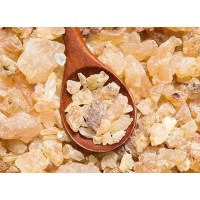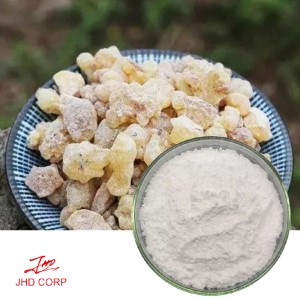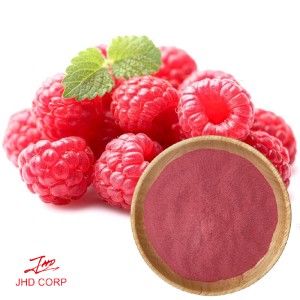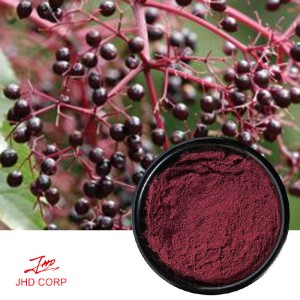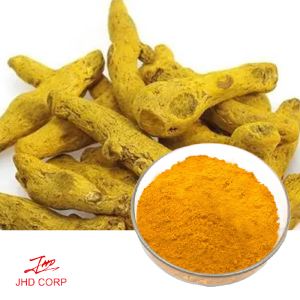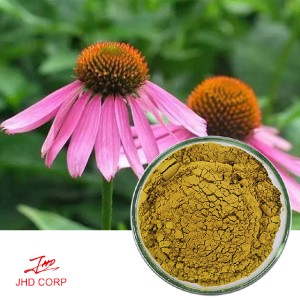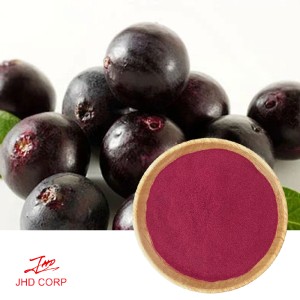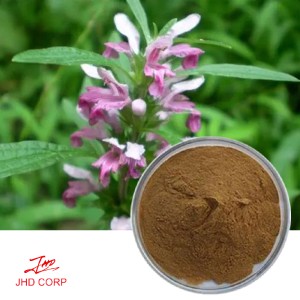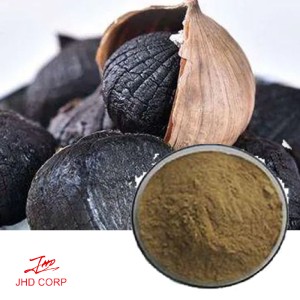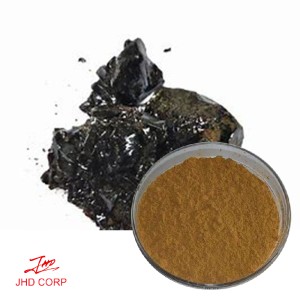Does external application of boswellia extract products have the effect of protecting joints?
While boswellia extract holds potential as a natural agent for joint health, its effectiveness when applied externally requires more rigorous scientific validation.
Boswellia, commonly known as Indian frankincense, has been a subject of interest in the realm of natural remedies, particularly for its potential benefits in joint health. Derived from the resin of the Boswellia serrata tree, this extract has been traditionally used in Ayurvedic medicine for its anti-inflammatory properties. With the increasing interest in alternative and complementary therapies, questions arise regarding the efficacy of boswellia extract products, especially when applied externally, in protecting joints.
The primary active components in boswellia extract are boswellic acids, which have been studied for their ability to inhibit the enzyme 5-lipoxygenase. This enzyme plays a crucial role in the inflammatory pathway, and by hindering its activity, boswellic acids may help reduce inflammation. Inflammation is a key factor in joint degeneration and pain, making boswellia an attractive option for those seeking natural joint protection.

Research on boswellia's effectiveness has predominantly focused on oral supplementation. Clinical trials have shown that oral boswellia can significantly reduce pain and improve function in individuals with osteoarthritis. However, the body of evidence supporting the external application of boswellia extract for joint protection is less robust. Topical formulations are generally designed to deliver active ingredients directly to the affected area, potentially providing localized relief without systemic side effects.
Some studies suggest that topical boswellia may offer benefits similar to its oral counterparts. For instance, when combined with other anti-inflammatory ingredients in creams or gels, boswellia extract may help alleviate joint pain and stiffness. The mechanism is thought to involve the direct absorption of boswellic acids through the skin, targeting inflammation at the site.
Despite these promising indications, comprehensive clinical trials focusing specifically on the external application of boswellia for joint protection are limited. Most existing studies are small-scale or preliminary, highlighting the need for further research to establish standardized formulations and dosing regimens. Additionally, factors such as skin permeability and individual variability can influence the efficacy of topical treatments.


